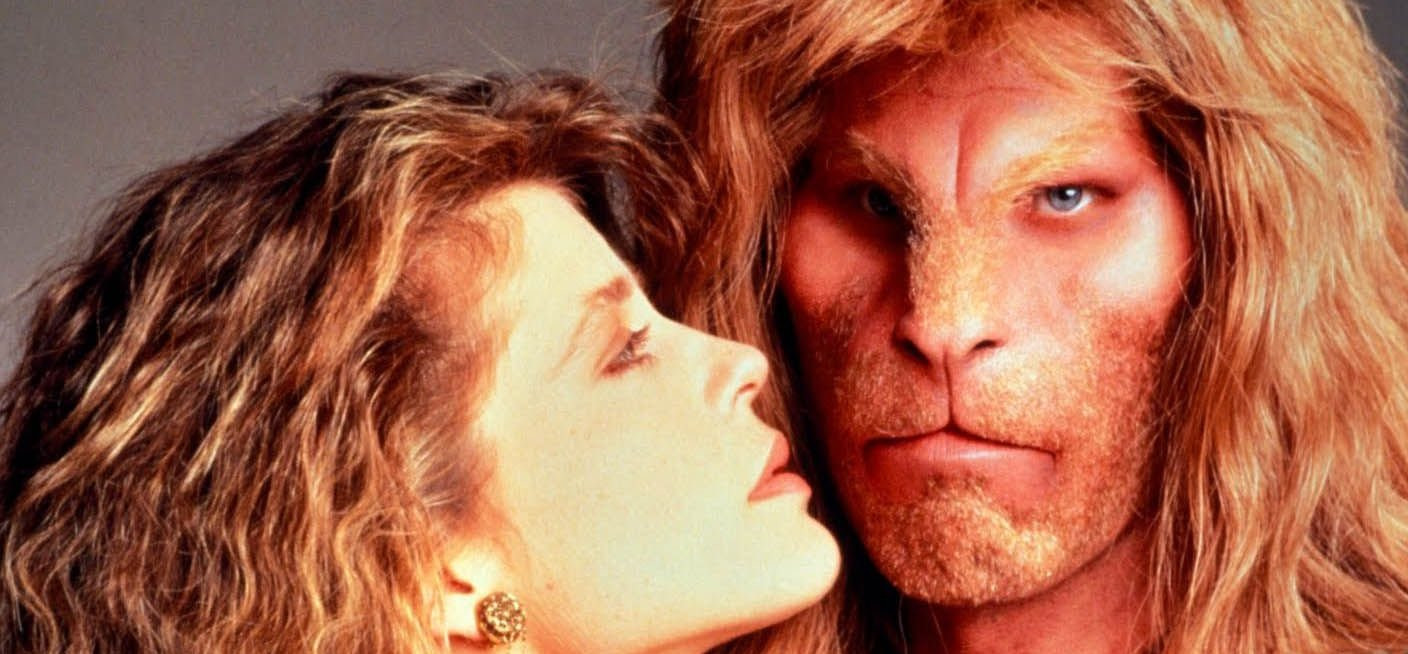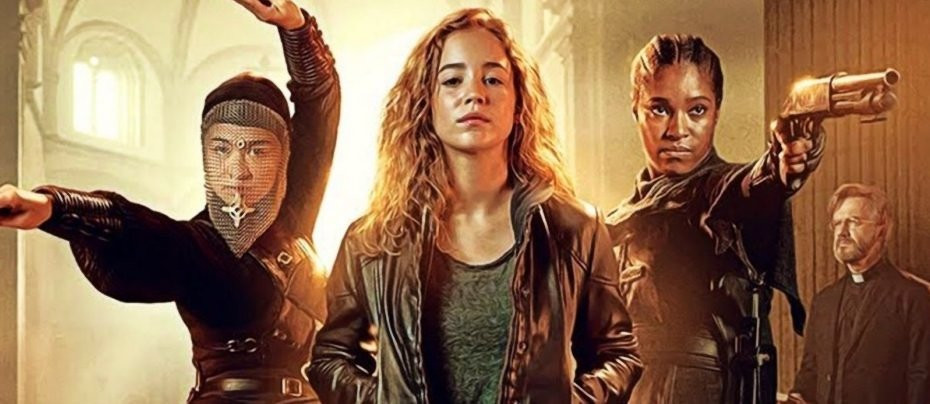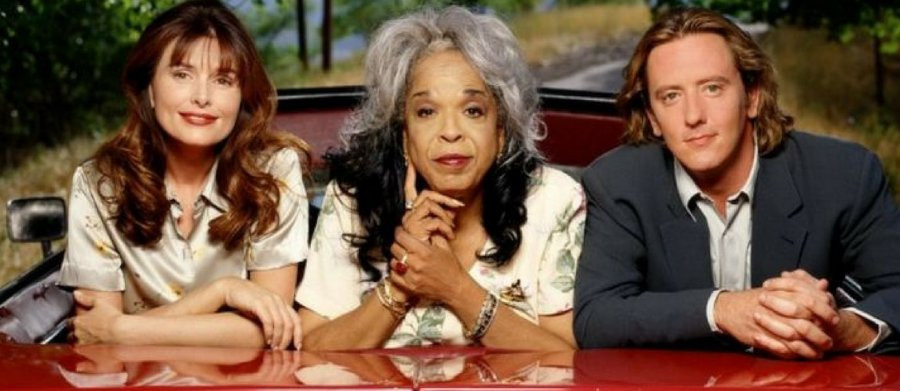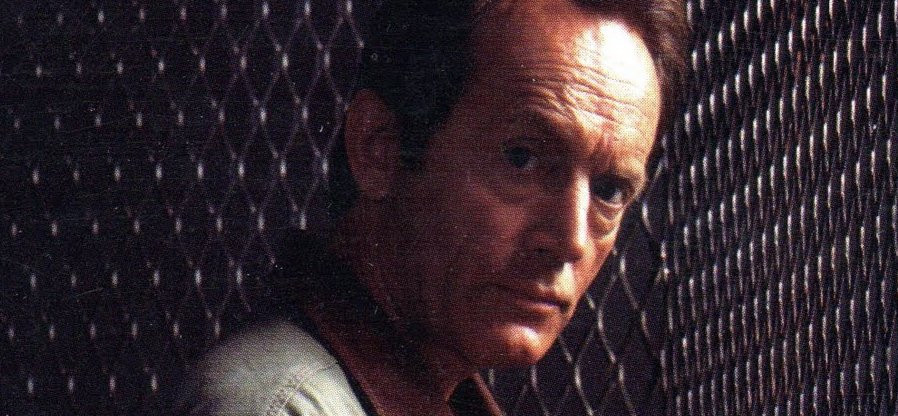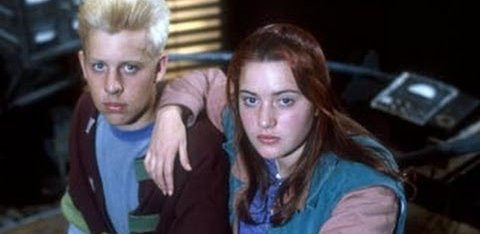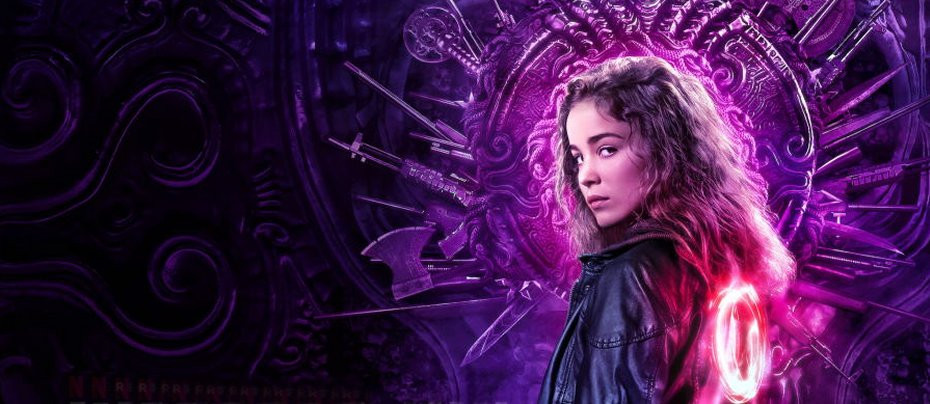
Warrior Nun Season Two
‘The producers and writers seem to have made a real effort to study what worked in Season One and what did not. The pacing in Season Two is much better.’
Warrior Nun Season Two reviewed by John Winterson Richards
The second season of Warrior Nun achieved the highest ever audience appreciation score for any Netflix show on the aggregator website "Rotten Tomatoes." This was, however, not enough to stop the show being cancelled due to low viewership numbers soon after the season was released. It is, of course, quite possible that the high rating on Rotten Tomatoes was the result of an organised campaign on the part of fans of the show to prevent its cancellation. If so, it is itself further confirmation that, although relatively few watched Warrior Nun, those few included a high proportion who thought it was something really special.
This overview of the season is therefore both an obituary for the show and attempt to explain the contradiction - the paradox of a show that is not very popular and, at the same time and in another sense, very popular. It is intended to be spoiler light, but it is not entirely spoiler free and it assumes familiarity with the conclusion of Season One.
Such limited data as we can glean online suggests that there was a big drop in viewership with the third episode, but even before that the second season numbers were disappointing compared with the first. Simon Barry, the "showrunner" Executive Producer, has been quoted as complaining that Netflix spent "$0" on marketing Season Two, and, while Season One had no serious competition when it was launched, the second had to face the hugely successful Wednesday, while at the same time The Crown got its second wind with the passing of Queen Elizabeth. Even so, the nature of a streaming service means that choosing one does not necessarily mean excluding another. This suggests that the reason for the failure of its return to make a big impact is probably to be found in the show's first season, not the last.
On the whole, our own overview of Season One still holds water. If it was not one of those instant classics that hit the ground running, it did very effectively what a first season is meant to do: it set up an intriguing situation and introduced us to interesting characters about whom we wanted to know more. It did not make a huge splash but it showed potential.

It was, however, a definite weakness that Season One dumped a lot of new plot on us towards its end. The final couple of episodes were, if anything, overfilled with twists and turns, surprises, shocks, betrayals, and, er, revelations. It was all very dramatic and entertaining, but it was a lot to take in, and to a great extent it undermined what had gone before. With the benefit of hindsight, it left Season Two with a difficult job to do, in effect rebuilding from scratch.
Season Two compounded that difficulty by beginning with a very bad structural decision. After the previous season ended on a "cliffhanger," the new season simply gets us out of it by means of a "time jump." We suddenly find ourselves several months on, with the characters conveniently out of immediate danger but scattered - except for one who has disappeared altogether. It is irritating to put it mildly.
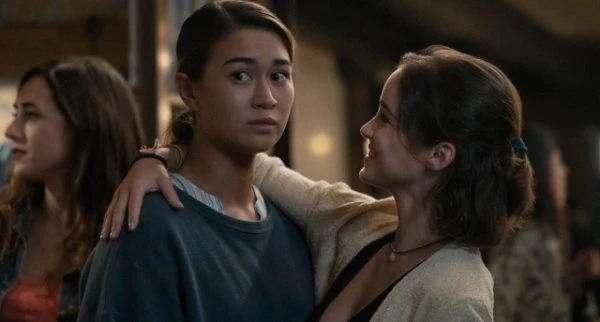
Further irritations follow. The Order of the Cruciform Sword, the concept at the heart of the project, practically ceases to exist as an organisation. Ava (Alba Baptista) and Sister Beatrice (Kristina Tonteri-Young) appear to have had partial personality transplants and are working in a bar. Their former mentor, Vincent (Tristan Ulloa), having effectively sold his soul for power, has become a drunk. Two new characters - actually one not quite so new - add little.

Worst of all, Sister Mary, arguably the best character, is gone. The script tries to tease us about this for a while, but - a spoiler is justified here because it actually saves one getting falsely invested and subsequently annoyed - it is eventually revealed that she really is dead, Toya Turner having left the show for personal reasons which the internet has so far not revealed. She is sorely missed. The show itself seems to admit that by introducing another character, Sister Dora (Sadiqua Bynum), as a sort of Sister Mary substitute. Dora is given a great entrance, one that for a moment raised hopes that Shotgun Mary might be back after all, but on reflection there is something rather unpleasant in the implication that tough black girls are somehow interchangeable and that one is easily replaced by another.
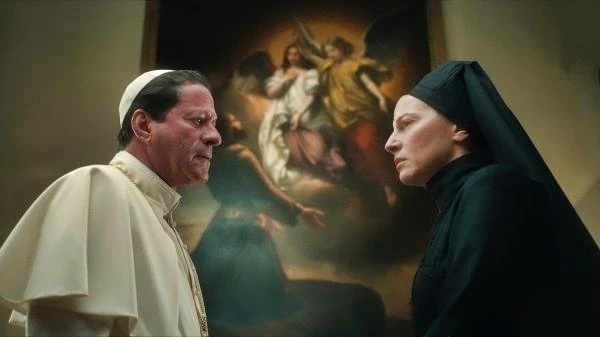
On the credit side of things, it is good to learn more about Sister Lilith (Lorena Andrea), Sister Camila (Olivia Delcan), and the formidable "Mother Superion" (Sylvia De Fanti). In particular we discover how the commanding presence of the last hides a woman who is very conscious of a disastrous personal failure when she was younger. She also gets to spend a lot of time with the overeager young Sister Camila and they make a fun double act. Meanwhile, poor Sister Lilith, always conflicted - as one would expect of a nun called Lilith - struggles to cope with the new demonic aspect of her nature she acquired in the previous season.
This greater emphasis on strong supporting characters, welcome in itself, comes rather at the expense of the protagonist. Ava marks time for most of Season Two. We learn nothing more about her and she does not really develop. The parallels with Buffy the Vampire Slayer become more obvious, but the whole point about Buffy was that she was growing up. Ava still seems very immature. She remains in party mode after her years of paralysis and appears determined to drag the cerebral Beatrice along with her. The suggestion of physical attraction between them comes out of nowhere, looking both prurient and suspiciously like an appeal to a famously vocal demographic. That appeal seems to have succeeded, in spite of the fact that the difference between the characters makes it a very unlovely love story: Beatrice has a high romantic nature but on Ava's part anything between them looks like just one more experiment and perhaps a further defiance of her religious upbringing; in reality this could not end well...

The producers and writers seem to have made a real effort to study what worked in Season One and what did not. The pacing in Season Two is much better. We therefore get at least one good action scene, usually more, per episode, all well choreographed, including Sister Beatrice - presumably a stunt performer - wearing a convenient mask cutting loose on multiple opponents at once, a welcome nod to one of the highlights of the first season. At the same time the show has not lost its sense of humour, above all the ability to laugh at the absurdity of its own premise. A snarling villain warns his men to look out for nuns.
The location work in Spain continues to be of a very high standard and so does the photography, even if it often cannot disguise the fact that the epic story of cosmic struggle is perhaps too big for a television budget. Some sets are cheap and the absence of proper crowd scenes rather undermines the notion that this is a struggle for global, not to mention universal, power. It all might have worked better as a feature film.
The increasingly complicated plot is perhaps too ambitious. Yet the basic premise is a good one. Season Two asks a thought provoking question: how would both the religious and the irreligious react to a genuine supernatural being performing miracles via mass media?
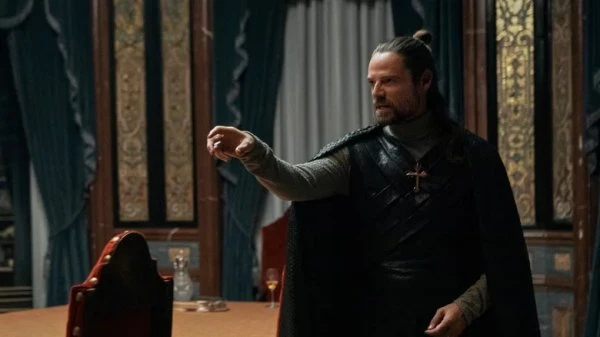
It is therefore a pity that, having set up this fascinating dilemma, Warrior Nun fails to explore where it might lead. Such answers as it gives seem very superficial. Many seem ready to accept what they are told very easily, some abandoning the convictions of a lifetime on little evidence. Others form an organisation which is obviously intended to resemble the "Hitler Youth" - but this aspect comes across as clumsy and crass. That even a supernatural being could attain such influence so quickly seems unrealistic, especially in the sceptical 21st Century.
Where the first season, following the "comic book" on which the concept is based, takes an intelligent, even-handed, sometimes sympathetic view of religion, and in particular of Roman Catholicism, this evaporates in the second. Sometimes there is a positively anti-religious tone. One of the best action scenes takes place at a meeting of religious leaders, and, given what happens there, it cuts a bit close to the bone that the Pope is named Francis and the Archbishop of Canterbury Justin - and the actor playing him looks a lot like the Most Reverend Justin Welby, the real Archbishop. We are in effect invited to enjoy religious persecution.
This is bound to have commercial consequences. The target audience for any religiously themed show includes a high proportion of religious people or at least the religiously inclined. They can actually be more tolerant of alternative perspectives, challenging opinions, and even satire than many of their opponents, so long as they are well presented - indeed most of the best religious satire comes from the religious (some of Jesus' Parables can be read as such) - but obviously there are limits. One can see why some were put off by the way the ending of Season One moved away from Christian theology and others by the absence of the show's previous religious sensibility as Season Two progressed.

Although this is not reflected in the demographic of people writing for Hollywood these days, most people have some sort of religious faith and drama that takes a stridently anti-religious line - like Cursed, also made for Netflix - tends to do poorly. There is currently a very active campaign to revive Warrior Nun - someone has paid for a giant poster right in front of the Netflix offices - but it will not succeed unless the show can demonstrate that it can reconnect with a broader audience. The best way to do that would be to reconnect with the ethos of its source material and get back to the simple but brilliant high concept suggested by its title.
No, Warrior Nun was not the best Netflix show ever, far from it. However, it was a very well made show based on a good idea that might deserve a second chance if it could rediscover its sense of direction.
Published on February 13th, 2023. Written by John Winterson Richards for Television Heaven.


